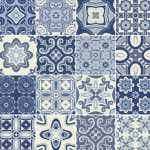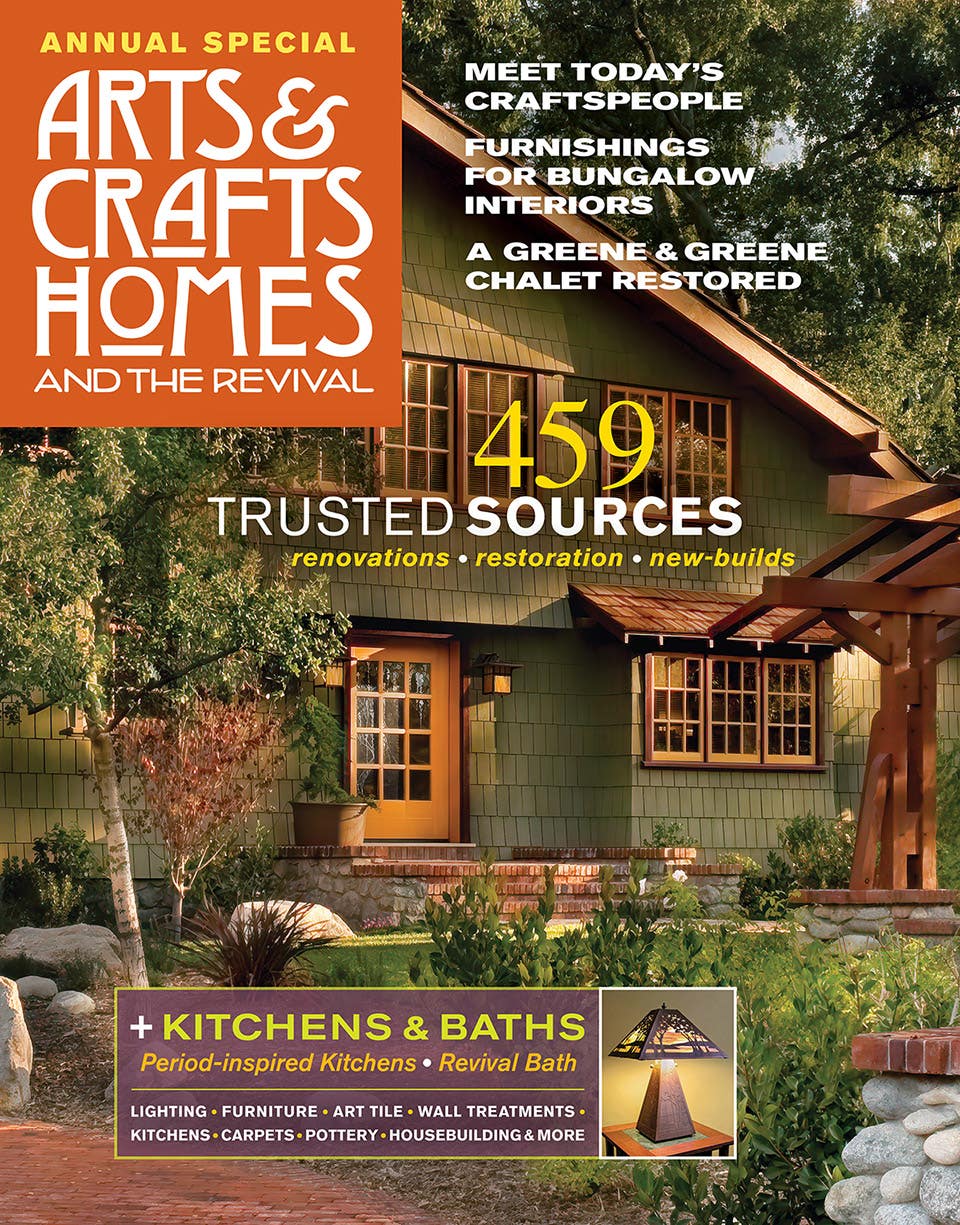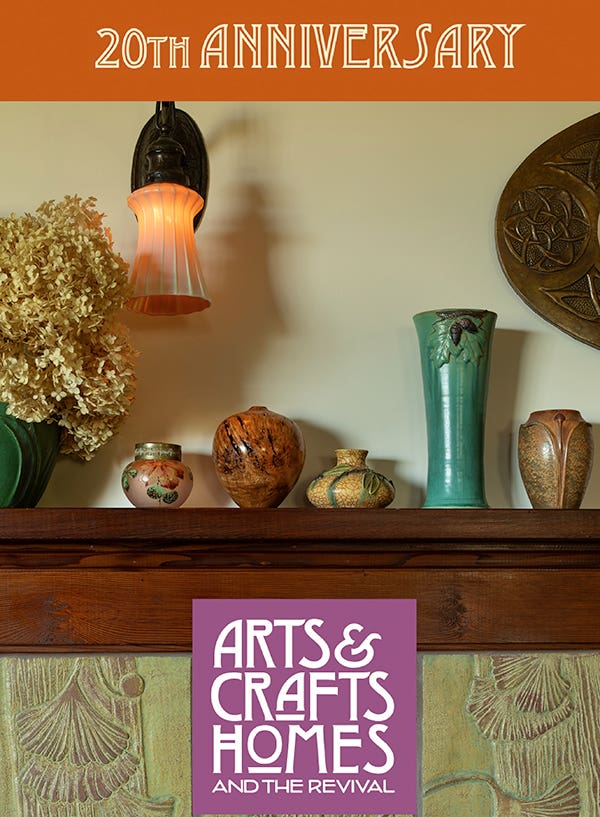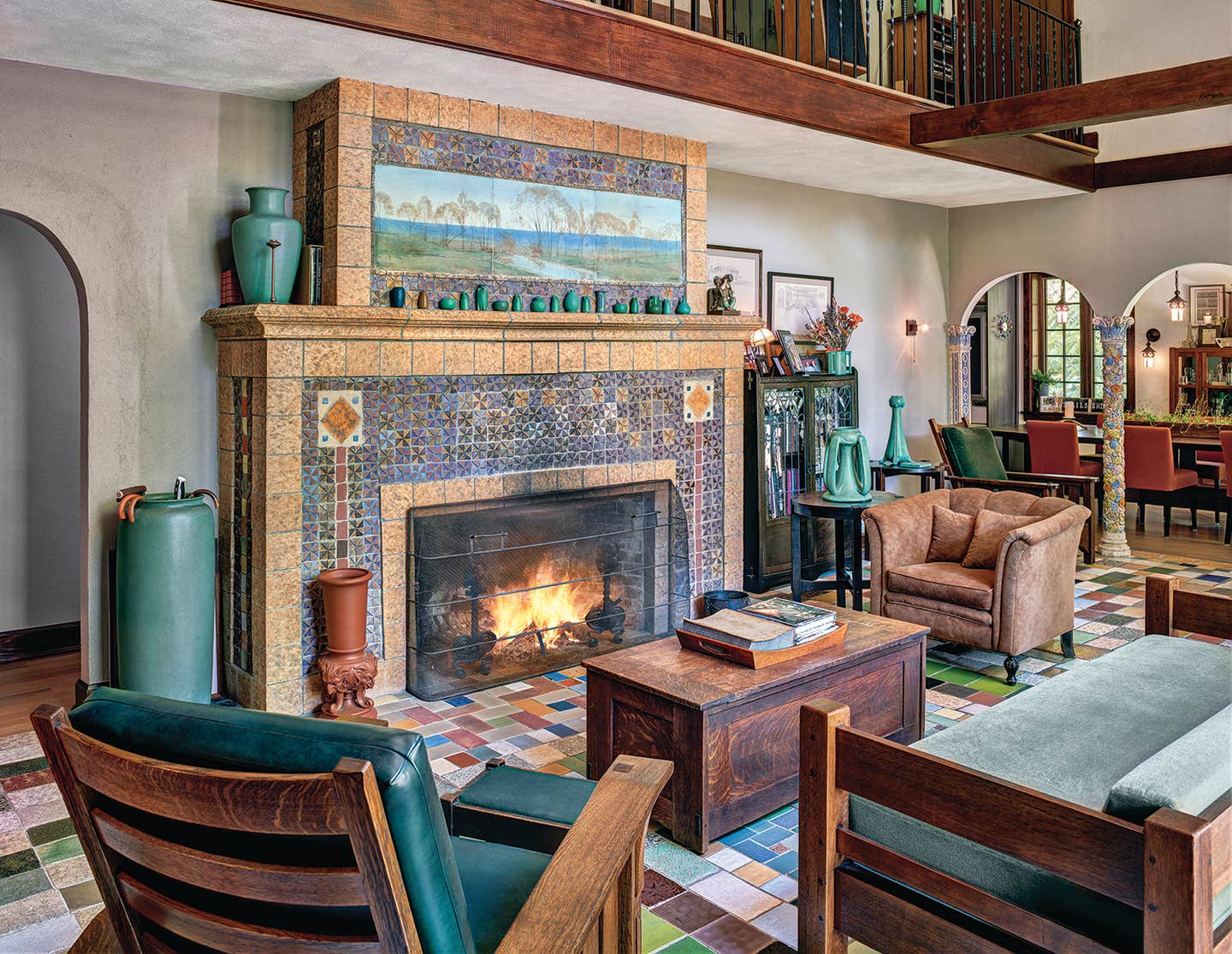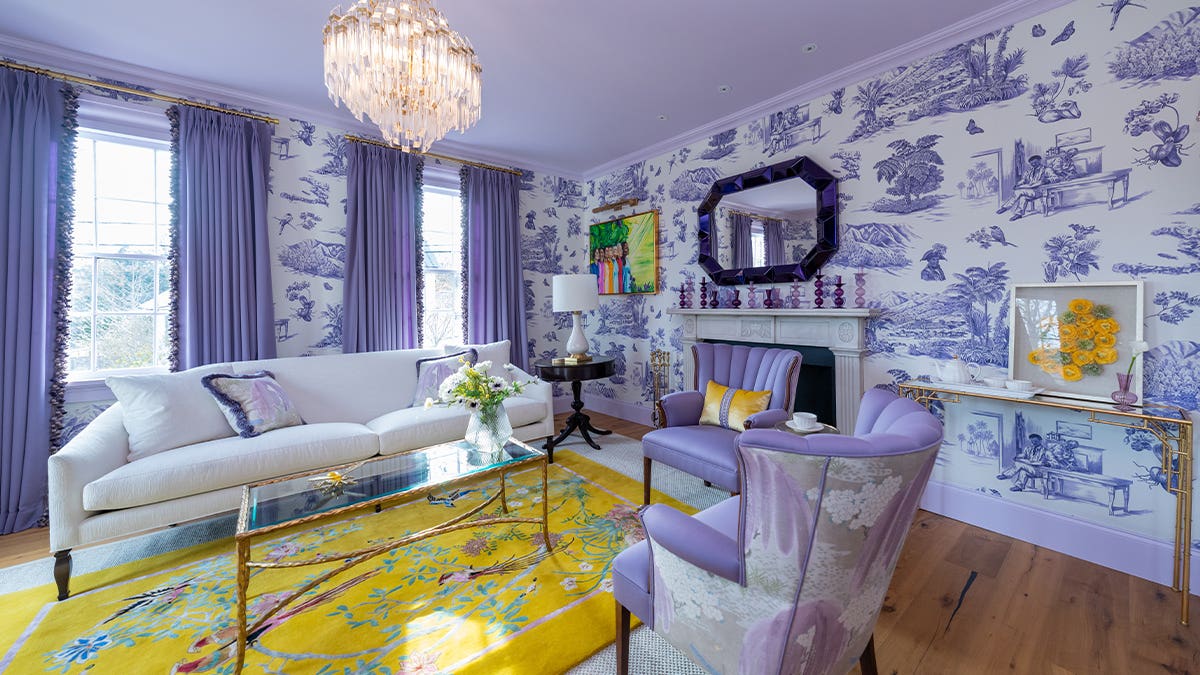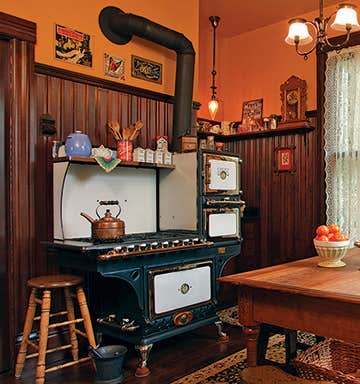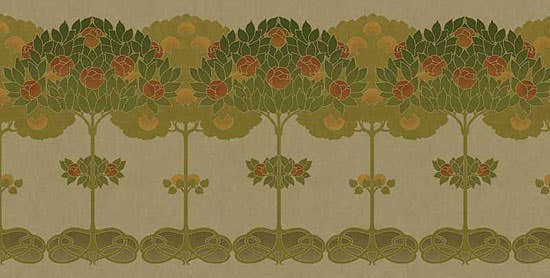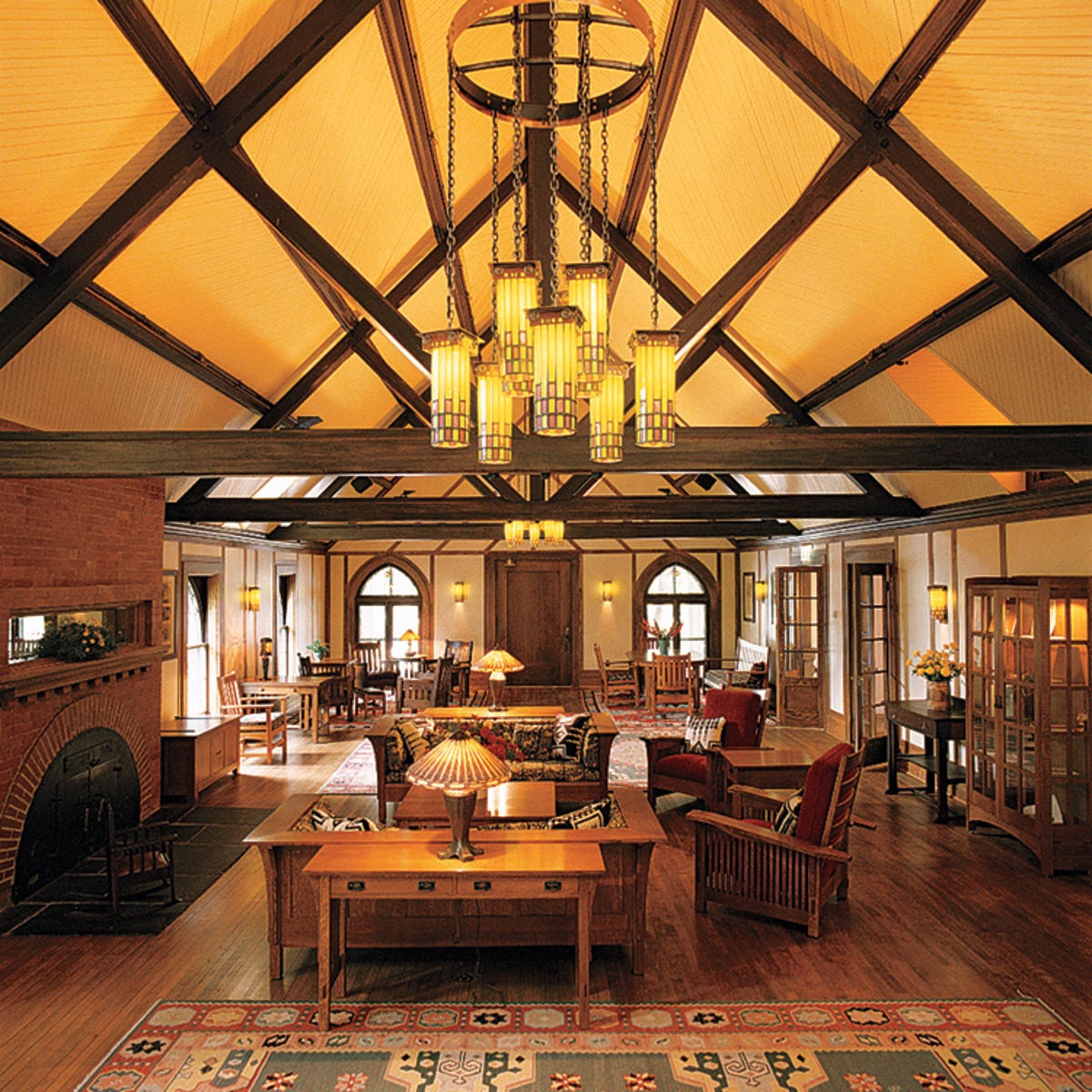Bungalow-Era Comebacks
The revival of architectural motifs 1900–1930 is ongoing, with the best ideas interpreted for homes today, whether they are restorations or new-builds.
It all started, in my opinion, with the restoration of houses from the Arts & Crafts or bungalow era. Quaint elements were rescued or reinstalled by smitten owners; others added period-correct features that may never have been in the house, as they undertook a general upgrade with the advantage of hindsight: It’s always the best of an era or a style that is revived. Soon, bland builders’ boxes from the 1950s through 1980s were being made over as Craftsman Bungalows complete with big front gables and a colonnade inside. Builders of new houses, too, jumped on the bungalow bandwagon. A lot of the recent work will prove to be timeless.
William Wright
Why do so many components and motifs of the bungalow era speak to us today? It may be because elements of Arts & Crafts design are easy to identify and are adaptable. For example, they do not require high ceilings. Woodwork may be painted or executed in clear-finish hardwood or fir.
Such simple forms and unostentatious detailing make it a popular style. Such rectilinear elements as square columns and butt-jointed trim are relatively easy and inexpensive to duplicate. Furthermore, documentation is readily available in old millworks catalogs, many of them available online to view or download. All of this makes Craftsman a favorite vocabulary for new construction and home makeovers.
Albeit in a wide variety of expressions, several key elements of the era have made a comeback in the past 25 years. Chief among them are room-dividing colonnades, breakfast nooks, panel or skeleton batten wainscots, staircases with square spindles, painted kitchens, and fireplaces with art-tile surrounds.
Clean, space-saving built-ins have found new favor. While some prefer A&C Revival kitchens featuring the quarter-sawn oak and art glass borrowed from more public rooms, others embrace plain white cabinets, linoleum, and those cutout doors under the sink, which provided ventilation and deterred mice. Breakfast nooks and built-in banquettes may be more popular now than they were in 1920, when house-plan books offered these things as an add-on upgrade.
In the dining room, a high wainscot capped by a plate rail once again gives instant antiquity and a place to display collectibles. Flanking benches at the hearth create a cozy inglenook suggesting the Old World.
Decorative conventions have returned, too, including art glass, period hardware and lighting, and wallpaper friezes. Stylized roses, ginkgo leaves, dragonflies, owls, and other motifs are used in revival art pottery and home textiles. Arts & Crafts continues to find new admirers.
Patricia Poore is Editor-in-chief of Old House Journal and Arts & Crafts Homes, as well as editorial director at Active Interest Media’s Home Group, overseeing New Old House, Traditional Building, and special-interest publications.
Poore joined Old House Journal when it was a Brooklyn-brownstoner newsletter in the late 1970s. She became owner and publisher and, except for the years 2002–2013, has been its editor. Poore founded the magazines Old-House Interiors (1995–2013) and Early Homes (2004–2017); their content is now available online and folded into Old-House Journal’s wider coverage. Poore also created GARBAGE magazine (1989–1994), the first unaffiliated environmental consumer magazine.
Poore has participated, hands-on, in several restorations, including her own homes: a 1911 brownstone in Park Slope, Brooklyn, and a 1904 Tudor–Shingle Style house in Gloucester, Massachusetts, where she brought up her boys and their wonderful dogs.
